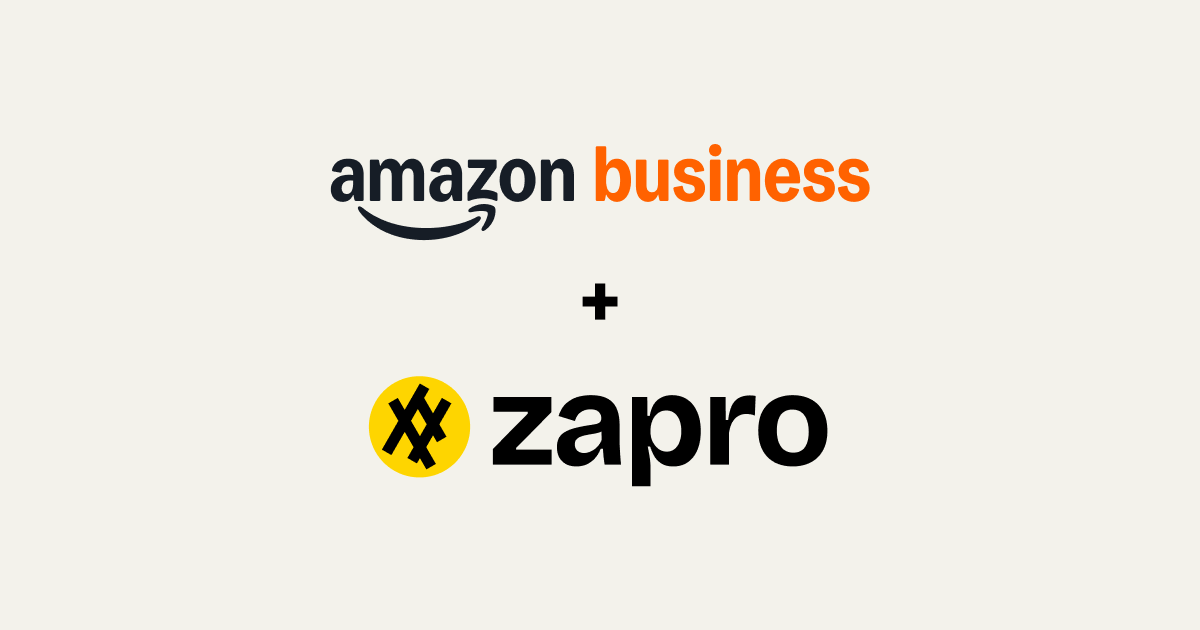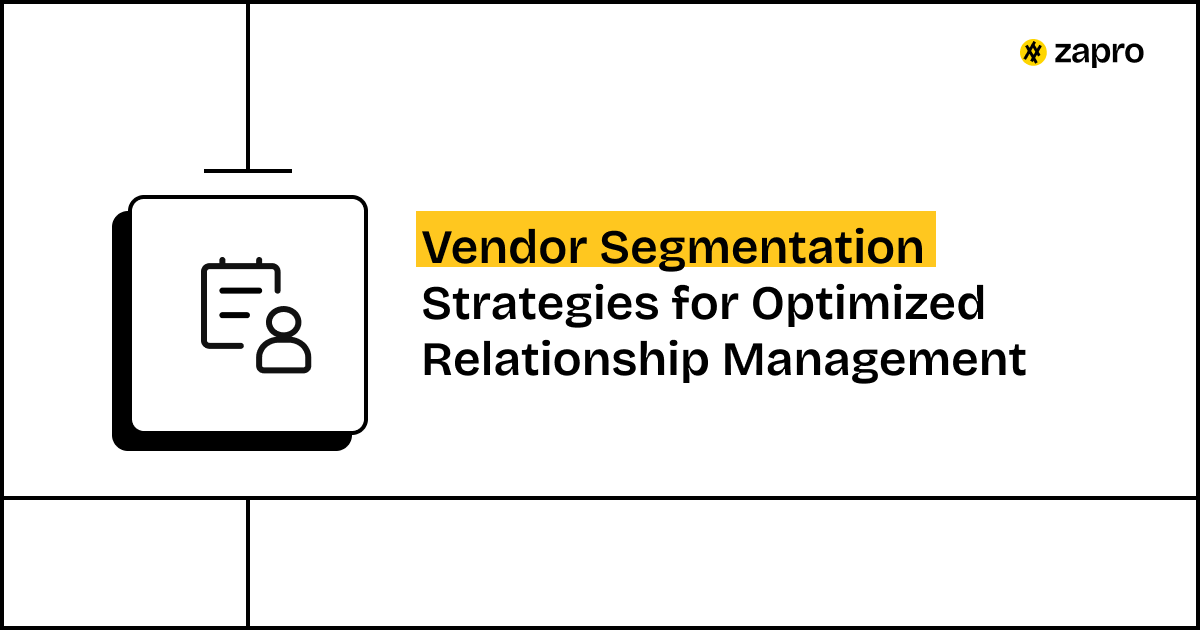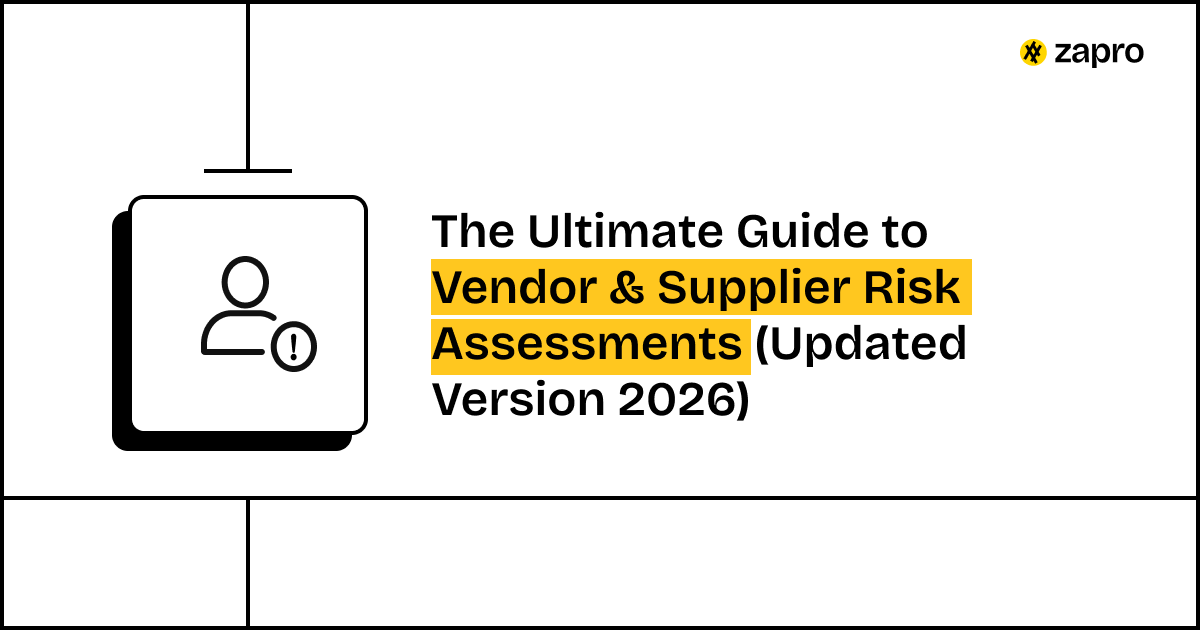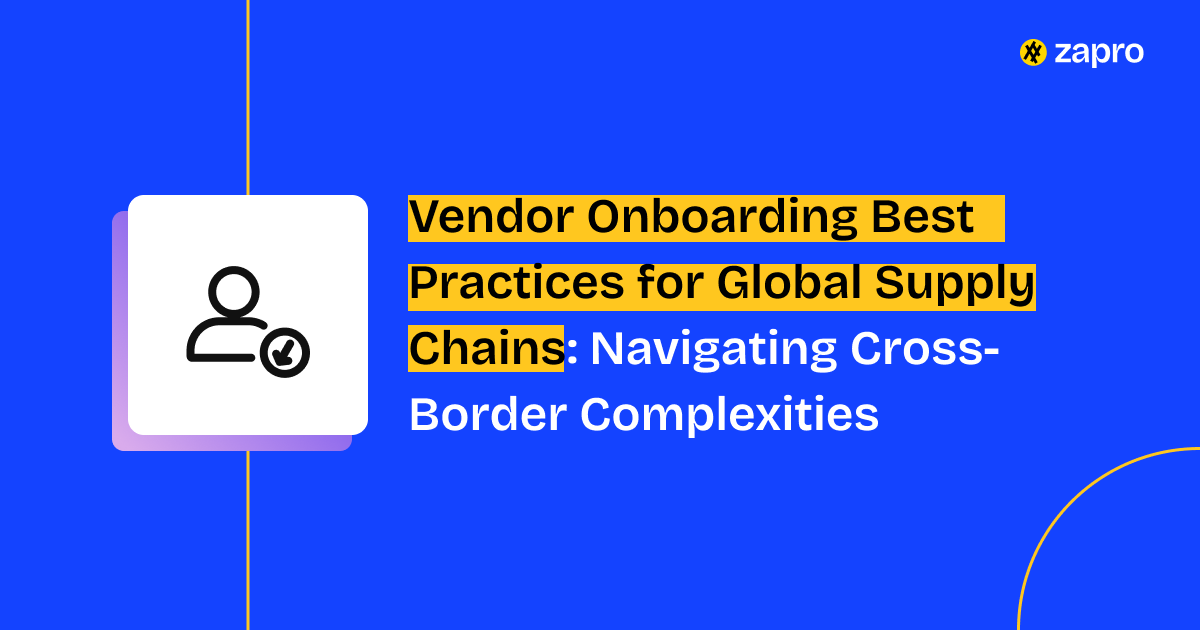If your business works with hundreds or even thousands of suppliers, you already know the pain: you can’t treat your sole source provider of a critical component the same way you treat the local office supply vendor. Using a single management approach for every situation results in employee exhaustion and unproductive work and lost potential.
The solution isn’t to work harder; it’s to work smarter. You need vendor segmentation.
This strategic practice is all about sorting your entire vendor portfolio management into distinct, actionable groups. The process of supplier categorization enables you to direct your team’s most valuable resources toward the relationships which bring the greatest value. This complete resource provides all necessary information to establish a strong supplier categorization system which optimizes the value extracted from each business partnership.
Why Vendor Segmentation is Crucial for Modern Procurement
In today’s volatile market, procurement isn’t just a cost center; it’s a strategic defense mechanism. However, without proper vendor segmentation, your efforts are scattered and ineffective.
Moving Beyond ‘One Size Fits All’ Vendor Management
The experience of operating a vehicle becomes impossible when the accelerator and brake pedals need identical pressure to function. Treating all vendors equally is the business equivalent.
Most companies spend about 80% of their management time dealing with small, transactional suppliers that contribute only 20% of the total spend. Meanwhile, the few truly strategic vendor tiers that represent 80% of your value and risk are often managed passively, just barely meeting contractual obligations. The main reason behind inefficient procurement stems from this unbalanced situation.
The formal vendor segmentation process enables you to evaluate your vendors based on their core business value and their risk level and their potential for innovation. Your strategic business objectives become the foundation for directing your resources through this evaluation process.

Companies that leverage advanced analytics in their SRM processes can achieve up to a 15% reduction in procurement costs and a 20% improvement in supplier lead times.
The Benefits of Strategic Resource Allocation
The ultimate goal of supplier categorization is to enable relationship optimization by focusing your energy where it yields the highest return on investment (ROI).
When you successfully segment your vendor base, you immediately gain:
- Focused Negotiation: The company dedicates its top negotiators and most extensive market research to few strategic vendor tiers because small improvements in these areas generate substantial financial benefits.
- Risk Mitigation: Your risk management team dedicates full attention to high-risk suppliers and critical vendors for continuous monitoring and thorough assessment to stop major supply chain breakdowns.
- Enhanced Collaboration: Your organization dedicates performance review resources to essential partners for joint innovation work instead of wasting them on basic vendor assessments.
- Standardized Processes: The organization can automate standard procedures for its numerous nonessential vendors which results in substantial reductions of administrative work.
The process of vendor segmentation helps organizations transform their extensive supplier list into a strategic and organized portfolio.
Key Criteria for Effective Vendor Segmentation
To move beyond simply sorting by name, you need a defined set of criteria. The best supplier categorization systems use a combination of factors, not just one, to paint a complete picture of a vendor’s importance and impact.
1. Spend Volume and Strategic Importance
This is the most common starting point. Spend volume is straightforward: how much money do you spend with this vendor annually? Strategic importance goes deeper:
- Sole Source vs. Multiple Options: Is this the only vendor capable of providing this unique item or service? If so, they are strategically important regardless of spend.
- Impact on Customer Experience: Does the vendor’s product directly touch or define your customer experience? If so, quality and reliability make them strategic.
2. Risk Profile and Criticality to Operations
This criterion addresses the “what if?” scenario.
- Criticality: How severe would the impact be if this vendor failed? If failure shuts down production or service delivery, the vendor is critical.
- Risk Profile: This includes geopolitical risk, vendor financial risk assessment (are they stable?), and cybersecurity exposure. A highly critical vendor with a high risk profile belongs in a top management tier.
3. Innovation Potential and Collaboration Opportunities
Some vendors may not have huge spend volume today but represent immense future value.
- Technology Access: The vendor’s possession of advanced technology and specialized knowledge stands as a key factor for determining their ability to provide competitive advantages.
- Willingness to Partner: The vendor demonstrates active interest in collaborative projects through their willingness to invest in new solutions development. These vendors demonstrate excellent potential for developing long-term supplier partnerships because they actively seek collaborative projects.
4. Supplier Performance and Reliability
Past behavior is a strong indicator of future performance.
- Reliability Metrics: The reliability metrics track delivery times and quality acceptance rates and vendor response times.
- Compliance History: The vendor’s ability to follow contracts and regulatory requirements and internal codes of conduct determines their compliance history. Reliable vendors build stronger trust relationships with customers which reduces the need for extensive monitoring.
Master Vendor Segmentation with Zapro

Popular Vendor Segmentation Models Explained
While a custom model is often the ultimate goal, understanding established frameworks provides a strong foundation for your vendor segmentation efforts.
The Kraljic Matrix: A Foundation for Strategic Sourcing
The Kraljic Matrix is arguably the most famous model for supplier categorization. It classifies products and services based on two dimensions:
- Profit Impact (Vertical Axis): How much does this purchase affect your profitability? (High spend, high value).
- Supply Risk (Horizontal Axis): How difficult is it to source this item? (Few suppliers, high market complexity).
The 2×2 matrix system helps you determine supplier management strategies through its four distinct categories:
- Strategic Items (High Profit Impact, High Supply Risk): The strategic long-term supplier partnerships, while working together to develop new products and create backup plans.
- Leverage Items (High Profit Impact, Low Supply Risk): The Leverage Items category items require your full attention because they generate high profits while facing significant supply risks. You should establish enduring offers numerous supplier options because they have high profit potential but low supply uncertainty. Your main strategy should involve negotiating large volumes and running competitive bids to achieve maximum cost reduction.
- Bottleneck Items (Low Profit Impact, High Supply Risk): The Bottleneck Items present a challenge because they have low value but difficult sourcing options. Your main objectives should include supply security and alternative sourcing and reducing dependence on these items.
- Noncritical Items (Low Profit Impact, Low Supply Risk): The Noncritical Items category consists of basic products that require minimal management effort because they have low value and stable supply chains. The main focus should be on implementing automated processes and reducing the need for hands-on management.
ABC Analysis: Prioritizing by Spend
The ABC Analysis, an established inventory management technique, is simple to apply to vendor segmentation:
- A Category (High Spend): The top 10% to 20% of vendors who spend 70% to 80% of total company funds fall under the High Spend category. The most intense management and negotiation and risk reduction efforts should focus on these suppliers.
- B Category (Medium Spend): The B Category includes 20% to 30% of vendors who spend between 15% to 25% of the total budget. The vendors receive standard contracts and periodic performance assessments as part of their moderate oversight process.
- C Category (Low Spend): The last 50% to 70% of vendors who represent only 5% to 10% of total spending qualify for full automation and e catalogs and decentralized purchasing methods.
Tailored Models: Customizing for Your Business Needs
While Kraljic and ABC are powerful, the most effective vendor portfolio management systems use tailored models. These often combine Kraljic’s strategic thinking with a third dimension, such as Supplier Performance or Innovation Potential, creating a 3D matrix that is highly specific to the business’s unique risks and goals.
Developing Your Vendor Segmentation Strategy: A Step-by-Step Guide
Implementing an effective vendor segmentation requires discipline and a data driven approach.
Data Collection and Analysis
You can’t segment what you can’t see. Start by centralizing all vendor data. This includes historical spend, contract details, performance metrics, risk assessments, and internal usage reports. Modern vendor portfolio management relies on having a single source of truth for this information.
Defining Segmentation Tiers (Strategic, Tactical, Transactional)
Based on your analysis, define three to five clear tiers. A common structure involves:
- Strategic Tiers: Focus on relationship optimization. These are highly critical, high spend, high risk, or high innovation potential vendors. They require dedicated relationship managers, quarterly business reviews (QBRs), and joint development agreements.
- Tactical Tiers: Vendors providing important goods or services where alternatives exist. Management focuses on competitive pricing, contract management, and annual performance reviews.
- Transactional Tiers: Noncritical, easily replaceable vendors (the “C” category). Management focuses on automation, compliance with standard terms, and minimizing internal processing time.
Assigning Vendors to Categories
Use your selected model (Kraljic, ABC, or tailored) to evaluate vendors and position them into specific tiers based on their scores. The evaluation process should involve joint participation from finance and operations and legal teams to establish common understanding about vendor risk and importance levels.
Implementing Differentiated Relationship Management Approaches
The whole point of vendor segmentation is to manage them differently.
| Strategic Vendor Tier | Management Approach | Key Focus |
| Strategic | Dedicated Relationship Manager, QBRs, Joint Innovation Committees, Long-Term Supplier Partnerships. | Relationship Optimization, Risk Mitigation, Co-Creation. |
| Tactical | Category Manager, Annual Reviews, Standard Contracts. | Performance Monitoring, Cost Management, Contract Compliance. |
| Transactional | Automated POs, e-Catalogs, Minimal Human Interaction. | Process Efficiency, Compliance with Standard Terms. |
Leveraging Technology for Automated Vendor Segmentation
Manual supplier categorization is slow, prone to error, and quickly outdated. Technology is essential for maintaining a dynamic and accurate vendor portfolio management system.
Centralized Data Hubs for Comprehensive Vendor Profiles
Modern procurement platforms provide centralized data hubs that automatically aggregate spend data from your ERP, performance data from quality systems, and risk scores from external providers. This comprehensive profile makes applying vendor segmentation criteria far more accurate than relying on siloed spreadsheets.
AI Powered Insights for Dynamic Segmentation
Artificial intelligence is taking vendor segmentation to the next level. AI can:
- Identify Anomalies: Flag vendors whose risk score has suddenly spiked or whose criticality has quietly increased due to market changes.
- Suggest Tier Shifts: The system should automatically propose vendor tier changes when vendors demonstrate sustained high performance or their spending reaches specific thresholds.
- Predict Collaboration Potential: The system uses data to determine which vendors show the greatest potential for successful collaboration in joint innovation projects.
The integration of these analytics tools enables your strategic vendor tiers to adapt automatically so your management focus stays aligned with present business conditions.
Maintaining and Adapting Your Segmentation Strategy
Segmentation isn’t a one-time task; it’s a continuous process that requires regular review.
Regular Review and Re-evaluation
You should reevaluate your entire vendor portfolio management at least once a year. The vendor tier experiences significant changes because of mergers and acquisitions and financial difficulties and shifting business requirements. Establish a defined review schedule to maintain proper management resource allocation for your most important partners.
Communicating Segmentation to Stakeholders
The segmentation model must be understood and respected across the organization. Procurement needs to communicate the rules and rationale to finance, legal, and operations teams. This ensures that every department understands why a strategic vendor gets faster contract review or why a transactional vendor must adhere strictly to e catalog purchasing rules. Clear communication maintains the integrity of the segmentation strategy and supports ethical vendor management.
Conclusion: Maximizing Value Through Smart Segmentation
Effective vendor segmentation is the cornerstone of modern procurement efficiency. It moves your team away from firefighting and toward strategic relationship optimization. By accurately applying supplier categorization based on criteria like risk, spend, and innovation potential, you ensure that every hour spent on vendor relationship building delivers maximum return.
Smart segmentation allows you to treat your most critical strategic vendor tiers like the valued partners they are, while simultaneously automating management for the rest. This strategic focus is essential for scaling a resilient and high value supply chain.

Segment Smarter, Manage Better
Prioritize relationships and optimize resources with Zapro’s vendor segmentation tools.
Don’t miss our weekly updates
We’ll email you 1-3 times per week—and never share your information.
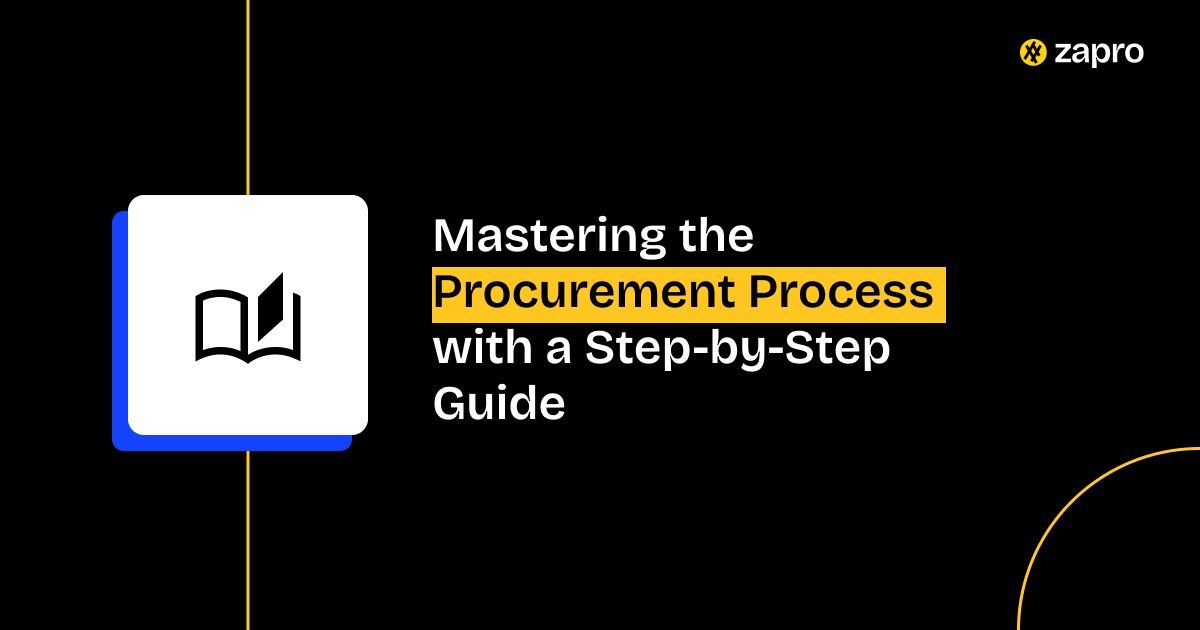
 Healthcare
Healthcare Financial Services
Financial Services Technology
Technology Venture Capitalist
Venture Capitalist Chief Procurement Officer
Chief Procurement Officer Chief Financial Officer
Chief Financial Officer